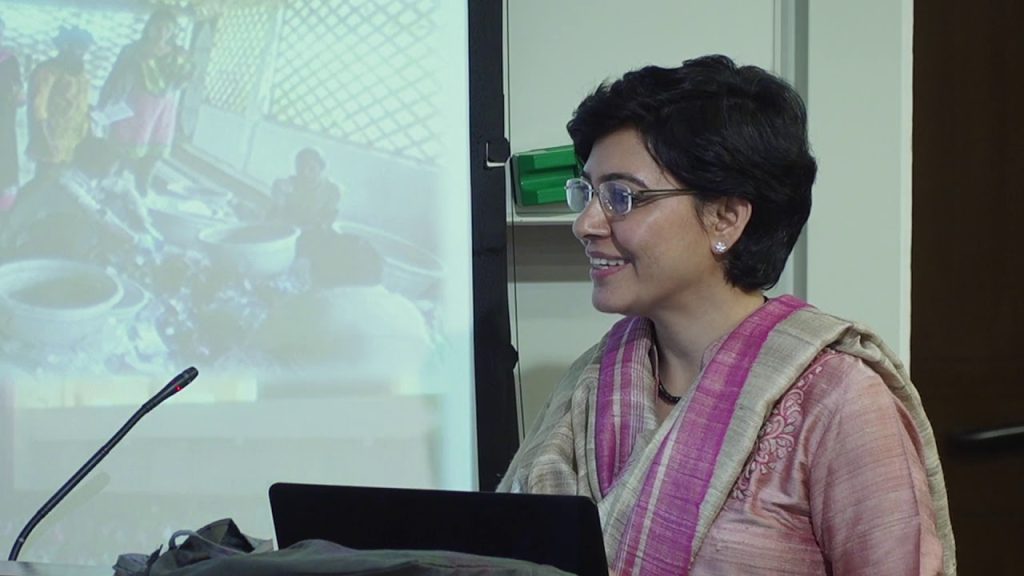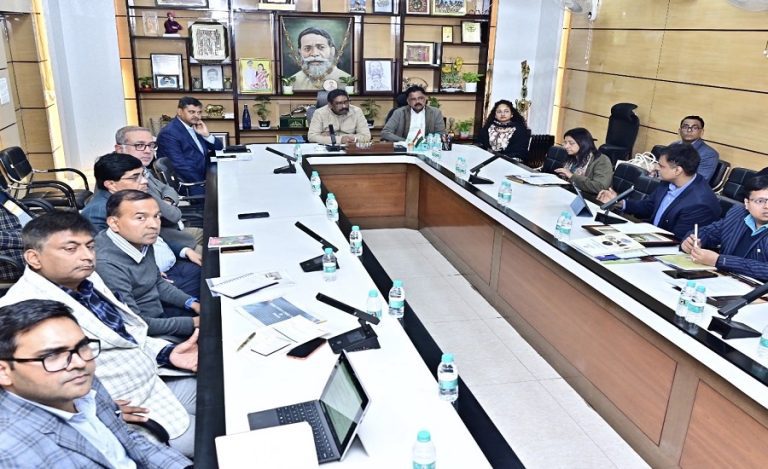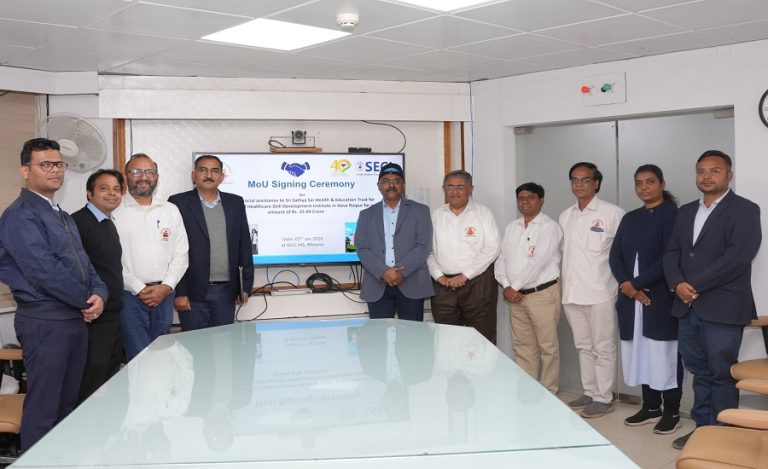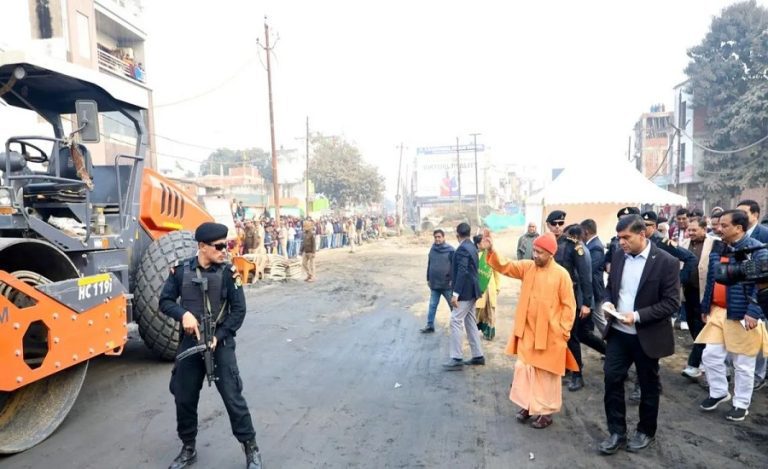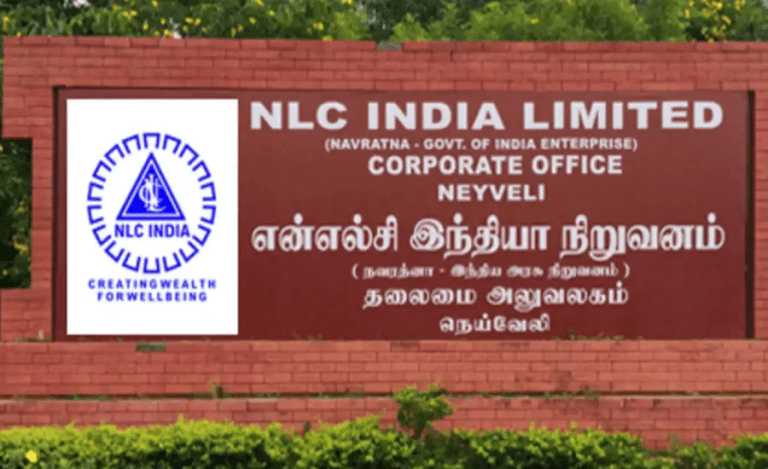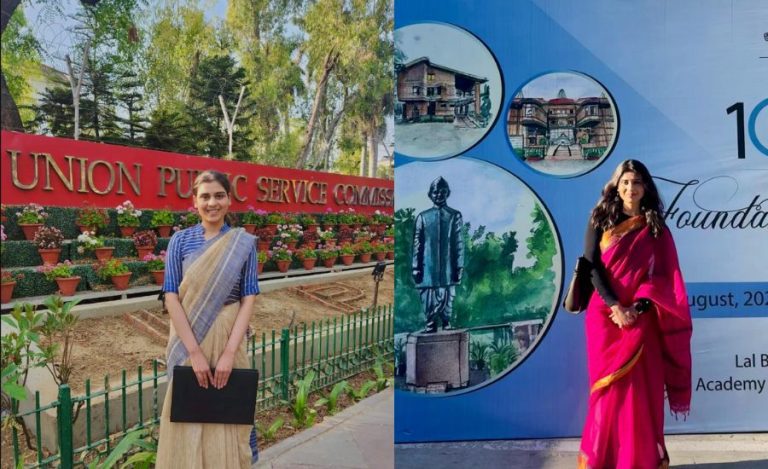This is the story of transformation of a small town, Ambikapur (in Sarguja district of Chhatisgarh) into the cleanest small city of the country. The story of sheer hard work and dedication of an IAS officer, Ms. Ritu Sain who with help of local people, helped the city in gaining and keeping the crown for consecutive years.
The story goes on to show how an honest effort in right direction, can pay dividend for generations to come. Ambikapur located in Chhatisgarh, in a narrow strip between Uttar Pradesh, Jharkhand and Madhya Pradesh, is a highly backward area with scarce resources. Jharkhand’s capital Ranchi is closer to Ambikapur than Chhatisgarh’s capital Raipur. In an exclusive conversation with Indian Masterminds, Ms. Sain opened up about how she brought about the change.

STINKING DUMP YARDS AT THE ENTRANCE
After being posted as the collector of Sarguja district, Ms Sain was shocked to see condition of the biggest town, Ambikapur. There was a huge, stinking dumping yard, opposite of the signpost welcoming people to the Municipal Corporation of Ambikapur,
“I thought if this dumpster is welcoming everyone here, I should do something to get rid of it before I leave this place. But soon after my joining, parliamentary elections were announced so I had to wait to concretize the plan,” says Ms. Sain.
THE IMPLEMENTATION
Fortunately for her, soon after the elections, Prime Minister Narendra Modi announced a national ‘Swatchh Bharat Mission’ which had sanitation and cleanliness at its core. That provided the thought some impetus. “As a team, we did substantial research before working on any plan. The motive was not just to solve the problem in Ambikapur but also in other cities as well” Ms. Sain told Indian Masterminds.
As if by providence or a divine plan, Amir Khan’s television programme Satyamev Jayate aired in Marxch 2014 had an episode on ‘solid waste management’. That provided her a starting point. She gives a credit to this programme for enlightening the public. They received numerous ideas through the episode.
They got in touch with the team and consultant, Mr. Srinivasana also provided them support. She believes that “if you do something which only you do, that doesn’t succeed but if you become the catalyst and people do it, then it sustains.”
INVOLVE EVERYONE
Ms. Sain discussed the plan with every political party, the activists, and the civil societies. The first step went into building up the kind of environment and involving the citizens of the city, the municipal bodies, public representatives and other active state holders.

The second part involved working out the model, which is do-able and sustainable. “We were not located in a prime location, so we didn’t have a lot of money to invest. We had to form the stages well.”
Third step involved the implementation of the model on a pilot basis and retaining the manpower needed. They also had to sustain the momentum and motivate the people, as well.
INVOLVEMENT OF CITIZENS
The best part about the initiative was that Ms. Sain did not have to impose anything on anybody. After the Satyamev Jayate episode was aired, people were contacted and an elaborate discussion regarding the issue was done.

“Everybody was enthused about the project and lot of young men and slum women took up the job voluntarily. People also came forward realizing we were giving them livelihood, dignity besides cleaning the area around their homes” Ms. Sain told Indian Masterminds.
ONE WARD AT A TIME
The interesting part of the initiative was that the whole thing didn’t happen in one go. It was incremental. At first, it was implemented in one ward which generated the demand in another ward moving to 5 wards and jumping to 16 wards and ultimately covering all the 49 wards. “People could see that it was working and wished to do it in their wards too.”

Ms. Sain exclaims that the whole process was done with sheer teamwork. The government also supported them in the project along with the local public representatives like the MLA and counselors. She is glad that all of them worked like a team irrespective of their political and administrative positions.

“Initially, the first pilot was done using local resources and the result was good. Therefore, we decided on up scaling, in which the government provided their full support. Everybody was consulted, approached, and welcomed to participate and give feedback” she says. Interestingly, Swatchh Bharat Sarvekshan took place in the city and Ambikapur with adjudged the cleanest small city in the nation… after Ms. Sain had been transferred out. The Ambikapur model has been replicated in many other towns in Chhattisgarh. As a result, Chhattisgarh is the no.1 cleanest state of India

